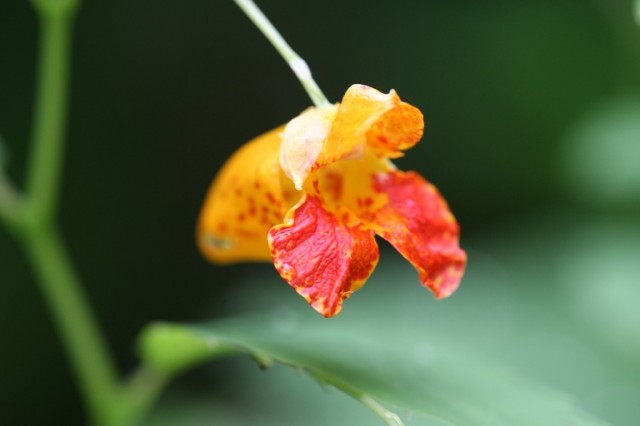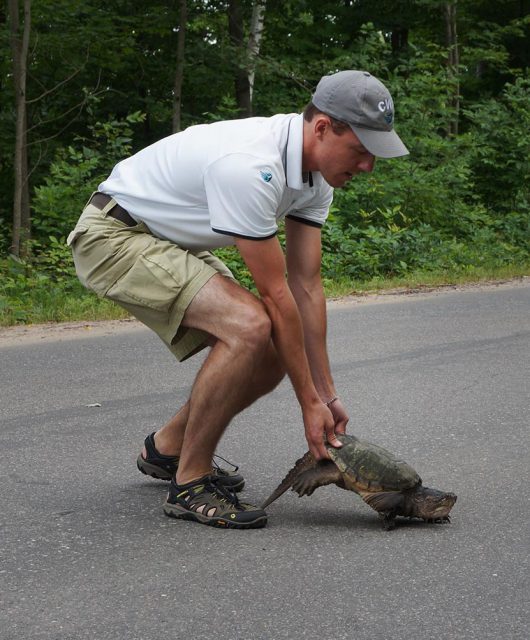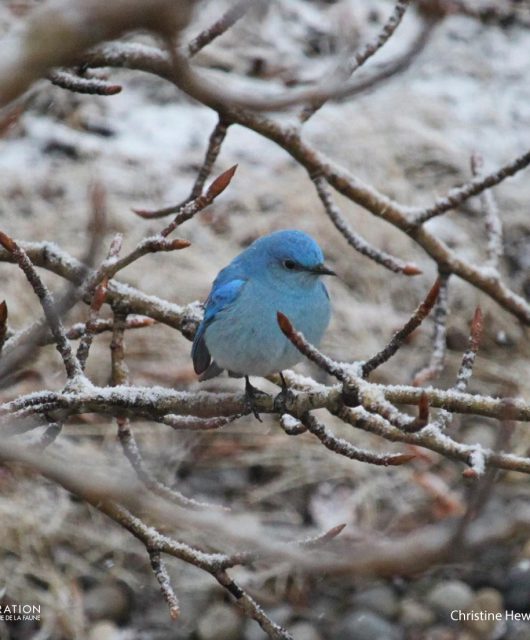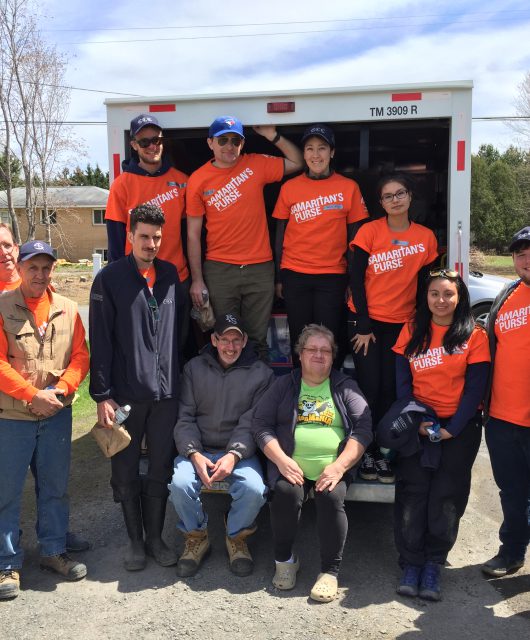
[PHOTO: CWF]
Need help after an encounter with poison ivy or stinging nettle? Look no further than this helpful little plant – jewelweed, also known as spotted jewelweed, spotted touch-me-not, or by its Latin name Impatiens capensis. It is found in damp areas across the country, from British Columbia right to the Maritimes.
While it has value to wildlife, providing nectar to pollinators such as hummingbirds, bees and flies, it is also very useful for humans. If you touch poison ivy and get a reaction, immediately look for jewelweed, break open a stem and apply the liquid within to the irritated skin. You can also bruise some leaves and rub that on the affected part. I have been told from people such as Tom Brown Jr. and other naturalists that it works best if done very quickly after having contact with poison ivy. Some also consider it useful with stinging nettle, another beneficial native that can be made into a tea that contains protein and nutrients but which nevertheless does irritate the skin if brushed against with bare skin.
Fortunately, jewelweed is not on any endangered species lists but with habitat loss all around, be mindful if harvesting from the wild to only take what you need. And if you have a moist shady area in your garden, consider growing a small patch. Besides their medicinal use, they are fun for children (and the young at heart). Try touching their ripe seed pods gently with your finger and see it ‘explode’ by twisting and sending little seeds flying! Or take a leaf and put it underwater and watch them become silvery.
See the photos below and our Native Plant Encyclopedia to help you recognize and appreciate this Canadian jewel!






